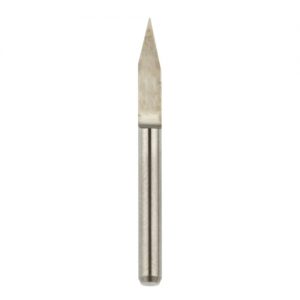There is a sharper edge (Angle) on the shoulder tool, and excessive vibration creates the potential for whittling, which can lead to catastrophic failure. The button cutter provides good metal removal on less rigid machines for two main reasons. First, the rounded blade is stronger than the sharp square shoulder blade. This greater intensity allows the insertion to better absorb vibrations and vibrations during the cutting process, as well as some interrupt cutting. Second, the rounded blades produce variable tool pressure, which means that the force between axial and radial (up and down) is much larger. This fragmentation of tooling forces forces most of the tool pressure back to the workpiece, helping to reduce the need for the machine’s main axis and mode. With a button cutter, you can lower the feed rate on machines that were previously unskilled, but a lighter cut depth (usually less than 0.60 inches or 1.5mm) is necessary.
The stiffness of the workpiece is a completely different problem. Here, the focus tool of the square shoulder cutting tool is often an advantage. For example, a working widget is poorly supported under the widget. In this case, any cutting pressure generated in the direction of the axial (lower) direction causes vibration, because the pressure lacks a stable base, and the shoulder tool may be more suitable for milling. In this case, a button cutter will more easily produce the vibration of the workpiece, resulting in lower surface finish, reduced tool life and higher noise level.
This phenomenon is most obvious in machining. When the cutter is near the bottom, a button cutter produces a noticeable floor vibration that damages the remaining material in the pocket. In this case, you can see the insert fracture of the button tool before breaking the bottom. Square shoulder blades are best suited for such applications because the pressure will go directly to the side walls of the parts, not the processed floor.
